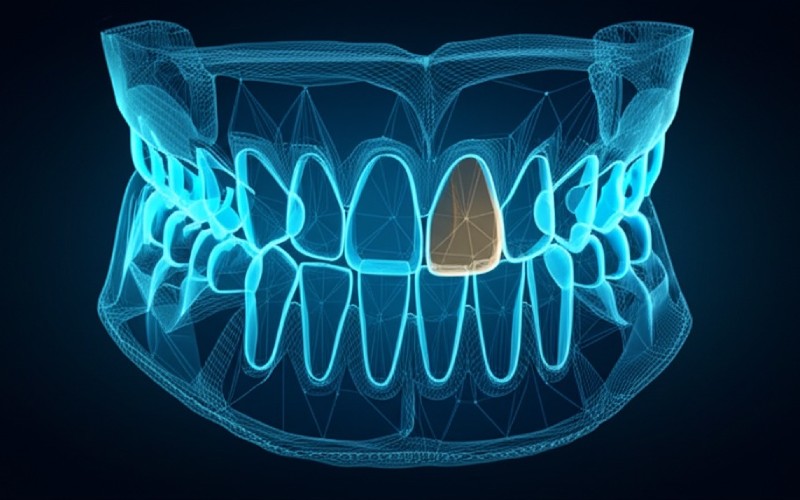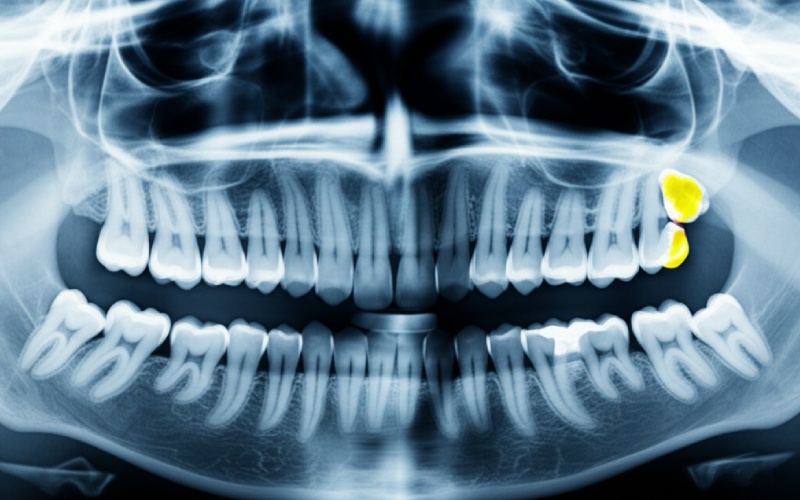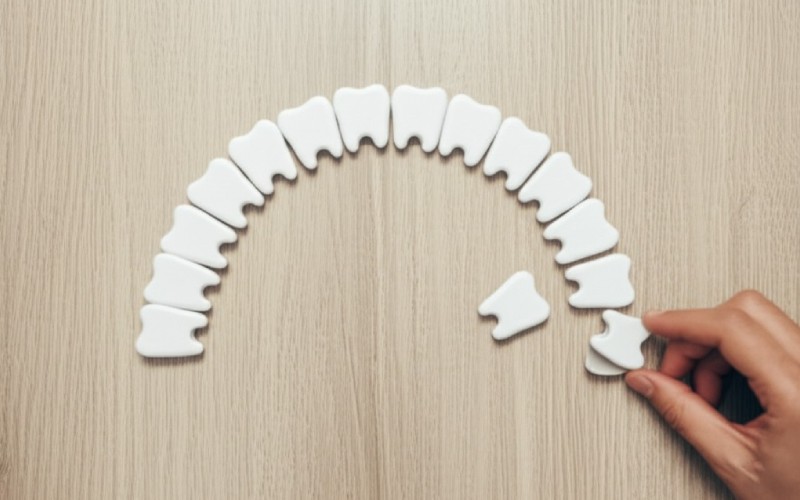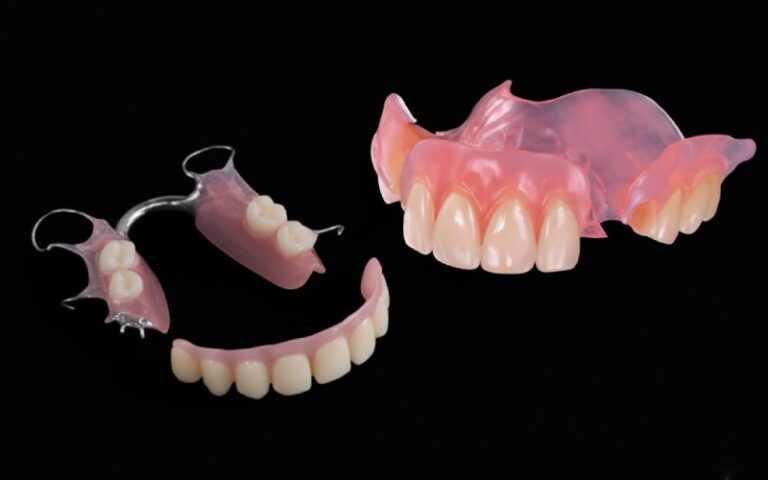
Simpel guide til kortlægning af overtallige tænder
Where do you put these extra teeth that don’t fit into the normal dental arch on the chart? What number do you give them? It can be a real puzzle. This article is worth reading because it will help you chart these extra teeth with confidence and make sure your records are clear for everyone, including for insurance.
Indholdsfortegnelse
What Are Supernumerary Teeth Anyway?
Supernumerary teeth are just what they sound like: extra teeth. Most adults have 32 permanent teeth. But sometimes, a person develops more than 32. These extra teeth can grow anywhere in the mouth. They can look like normal teeth, or they can be small and oddly shaped.
Having these supernumerary teeth can cause problems. They might crowd other teeth. They can stop permanent teeth from coming in correctly. That is why it is so important to find them and keep a good record of them. A good chart helps the whole team understand the patient’s mouth.
Why is Charting Supernumerary Teeth So Important?
Charting these teeth is a key task. A clear chart helps every dentist or hygienist who sees the patient. They can look at the chart and know right away that there is an extra tooth. This is vital for planning treatment. For example, if the patient needs a tooth extraction, the chart shows exactly which tooth to remove.
It is also important for billing. When you send a claim to insurance, the chart proves why a certain procedure was needed. Without a proper chart, a claim might be denied. So, good charting is good for the patient and good for the office. The chart is our map of the mouth.
How Do We Chart Supernumerary Teeth?
There is a common system that many dental offices use. It builds on the numbering system we already use for permanent teeth. The idea is to give the extra tooth a unique number so it does not get confused with any other tooth.
The system is simple. We find the normal tooth that is closest to the supernumerary tooth. We use the number of that adjacent tooth to create a new number for the extra one. This keeps the chart organized. We will look at how this system works in the next sections.
What is the Universal Numbering System for Permanent Teeth?
Let’s do a quick review. For permanent teeth, most dentists in the USA use the Universal Numbering System. It is very simple. We start at the upper right back tooth, which is tooth number 1. We count across the top jaw to the upper left back tooth, which is number 16.
Then, we drop down to the lower left back tooth, which is number 17. We count across the bottom jaw to the lower right back tooth. That last tooth is number 32. This gives every one of the 32 permanent teeth its own special number. This system is the base we will build on.

How Do We Add Supernumerary Teeth to This Chart?
To add supernumerary teeth to the chart, we use the number 50. We add 50 to the number of the adjacent permanent tooth. This gives the supernumerary tooth its own, unique tooth number that will not be confused with any of the standard 32 teeth.
So, if you find a supernumerary tooth located next to tooth number 12, what do you do? You add 50 to 12. The new tooth number for the extra tooth is 62 (12 + 50 = 62). You then enter this on the patient’s chart. This method is clear and easy to follow.
Can You Give Me an Example of Charting Supernumerary Teeth?
Of course! An example makes everything clearer. Let’s say you have a patient with an extra tooth between their two front teeth on top. These are teeth number 8 and 9. This is a common place to find supernumerary teeth.
In this case, you can choose either adjacent tooth. Let’s use tooth number 8. You would take that number and add 50. The tooth number for this supernumerary tooth would be 58 (8 + 50 = 58). You would mark this number on the chart, showing its location between 8 and 9. It is that simple. This is a great example of charting supernumerary teeth in action.
What if a Child Has Supernumerary Teeth?
Good question! The system is a bit different for a child with primary teeth, also called baby teeth. Primary teeth are not numbered 1 to 32. Instead, they use a letter system, from A to T. There are 20 primary teeth in total.
If a child has supernumerary teeth, you can’t add 50 to a letter. Instead, you use the adjacent tooth’s letter and add another letter. For example, if an extra tooth is next to tooth C, you might chart it as CS. Some dental software has a specific way to enter this, so you need to check your office system. The important thing is to be consistent.
What ADA Code Should I Use for Supernumerary Teeth?
The American Dental Association, or ADA, creates codes for all dental procedures. There isn’t a specific code just for charting supernumerary teeth. The chart is part of the patient’s record. But, you will need a code for any treatment you do on the tooth.
The most common treatment for supernumerary teeth is removal. For a simple tooth extraction, the ADA code is often D7140. You must link this code to the specific tooth number you assigned. For example, you would submit a claim for code D7140 for tooth number 58. The ADA provides a full code list you can use.
Does Insurance Cover Procedures for Supernumerary Teeth?
In many cases, yes. Insurance companies often cover the cost of removing supernumerary teeth. They understand that these extra teeth can cause other dental problems, like crowding or cysts.
To get the procedure covered, you need to provide proof. This is where your excellent chart comes in. You will need to send the chart, x-rays, and a clear explanation of why the tooth needs to be removed. On the claim form, you enter the correct ADA code and the unique tooth number you created.
How Do I Enter This on the Chart Form?
When you have to enter the data, be clear. First, find the location on the dental chart. Draw the supernumerary tooth on the chart in its correct spot, right next to the adjacent tooth. Then, clearly write the new number you created. For our example, you would write the number “58” next to the drawing.
Some computer systems have a specific function for this. You might need to click a button that says “add tooth.” Then you can enter the tooth number manually. No matter the system, the key is to make sure the location and the number are clear on the form. Use the following steps: find the spot, draw the tooth, and enter the new number. This makes your record easy to read.

Ting at huske på
- Supernumerary teeth are extra teeth. They can cause problems if not treated.
- Use a system to chart them. The most common system is to add 50 to the number of the closest permanent tooth.
- A clear chart is essential. It helps with treatment planning and insurance claims.
- Use the correct tooth number. For an extra tooth next to tooth 12, its number would be 62 (12 + 50).
- Use the right ADA code. For extraction, you might use code D7140, linked to the new tooth number.
- Document everything. A good chart, x-rays, and notes will help get procedures covered by insurance.




